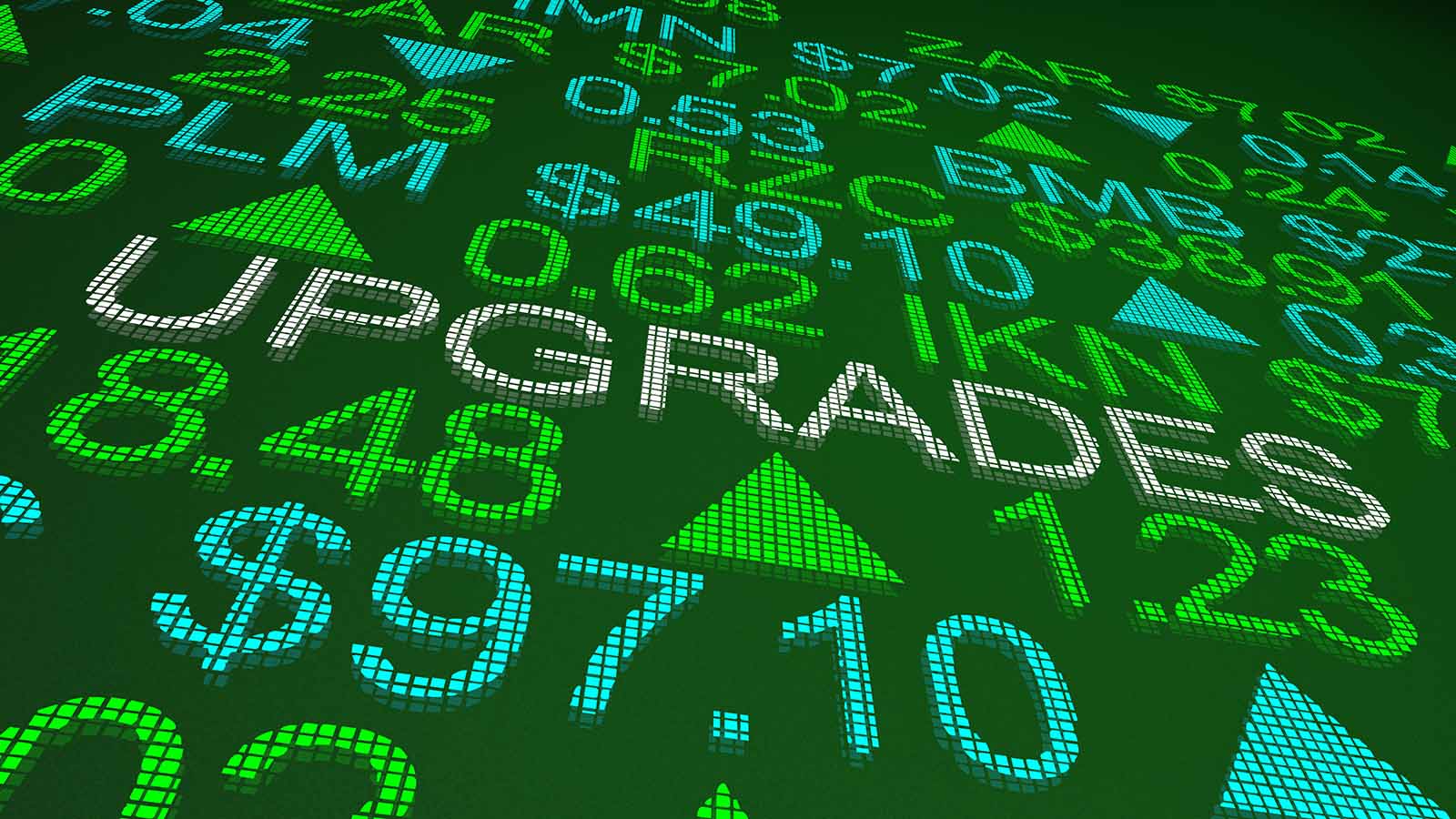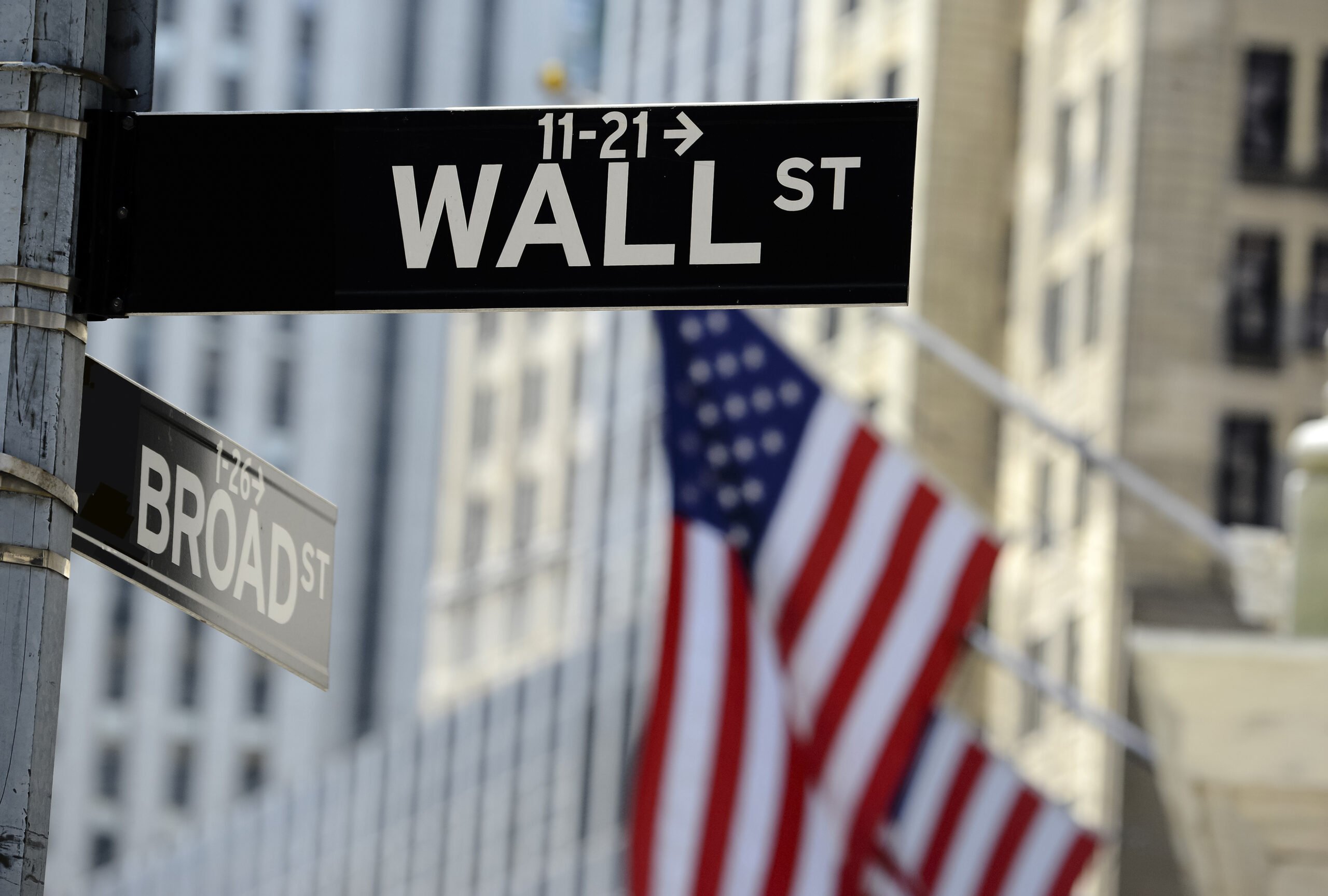The Interest Rate Freight Train: How to Prepare for the Coming Market Meltdown

Editor’s Note: Every time the markets have plunged into chaos over the last 25 years – 2008, 2020, 2022, even 2025’s tariff shock – veteran trader Jeff Clark was one of the few to sound the alarm before it happened… and each time, he was right.
Now Jeff is issuing another urgent warning: A fresh wave of market volatility could be just weeks away. But here’s what most investors usually miss – volatility isn’t just risk. It’s also opportunity. And nobody has turned chaos into consistent profits quite like Jeff.
He’s closed over 1,000 winning trades amid turbulent markets using his proprietary “chaos pattern” strategy, a method based on divergence and mean reversion.
Together with TradeSmith, Jeff is debuting a groundbreaking tool that scans the market daily for these chaos patterns. It’s the same system Jeff already uses; but now, for the first time, you’ll be able to access it, too.
He’ll reveal all next week, Wednesday, June 11 at 10 am ET during his Countdown to Chaos event, including 10 real-time opportunities the screener is flagging right now.
Don’t miss this. If Jeff is right again – and history says he probably is – this could be your best shot to profit while others panic. Reserve your seat now.
Today, we’ve invited Jeff to share some insights about what’s building behind the scenes right now to help prepare you for what’s ahead.
If you’re looking for financial advice, seek out someone with wrinkles and gray hair.
Most folks under 50 years old have no idea what’s coming next. They’ve never experienced a rising interest rate environment.
Look at this chart of 30-year interest rates…


Long-term interest rates peaked in 1982, with the 30-year Treasury Bond yielding 14%.
Rates then declined for the next 40 years – hitting as low as 0.4% during the COVID crisis in 2020.
But, look at what has happened in the last three years. The 30-year Treasury yield broke out above a 40-year declining resistance line.
Rising Interest Rates, Soaring Debt, and a Looming Refinancing Crunch: What to Watch
Interest rates entered a new, long term bull market – meaning Treasury Bonds entered a bear market. Rates are 60% higher today than they were in 2022.
They’re 1,100% higher than they were at the bottom in 2020.
In other words, the cost of borrowing money is 11 times greater today than it was five years ago.
Most folks, most companies, and most governments manage their debt by taking out new loans to pay off older debt as it matures. And, for the past 40 years we’ve been able to do this at perpetually lower interest rates. This allowed us to borrow even more money without incurring larger debt payments.
People could buy bigger homes. Companies could pay premium prices to buy out competitors or buy back their own shares. Governments could spend money recklessly without feeling the pinch of fiscal budget restraints.
There were no consequences to borrowing money. Deficits didn’t matter.
Now though, with long-term interest rates recently hitting the highest level in 20 years, it costs more to borrow money. Any maturing debt must be refinanced at higher rates.
Nobody is refinancing their mortgage anymore and taking out a pile of cash to spend on their lavish lifestyles. Companies can’t borrow cheap money to buy back expensive shares.
Learn How to Turn Volatility into Profit with Jeff Clark’s New Market Tool
And the U.S. government – with $9 trillion of its $36 trillion national debt due to mature in 2025 – for lack of a better word… is screwed. All of that debt will be refinanced at higher interest rates.
Some of us wrinkled, gray-haired, old folks remember what it was like living in the 1970s. We’ve seen how financial assets perform in a rising interest rate environment.
And, we’ve frequently been mocked for pointing to the ever-growing, massive mountains of consumer, corporate, and government debt and suggesting caution.
“Deficits don’t matter,” the younger folks shout at us. “The national debt has grown from less than $1 trillion in 1982 to almost $37 trillion today, and nothing bad has happened.”
They ask, “What’s different this time?”
Take another look at the chart above. This time, you’ll see the difference…
And it could hit like a freight train.
That’s why I’m hosting a special event next Wednesday, June 11 at 10 am ET – Countdown to Chaos – to walk you through exactly what’s coming next… and how you can position yourself not just to survive but to profit in spades.
I’ll reveal 10 compelling opportunities flashing right now, as well as the powerful new tool I’ve built with TradeSmith to find them daily.
If you’ve ever wanted to turn volatility into your biggest advantage, join us for the Countdown to Chaos.





















